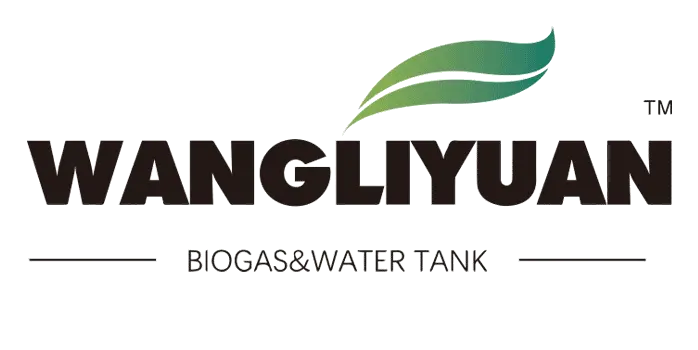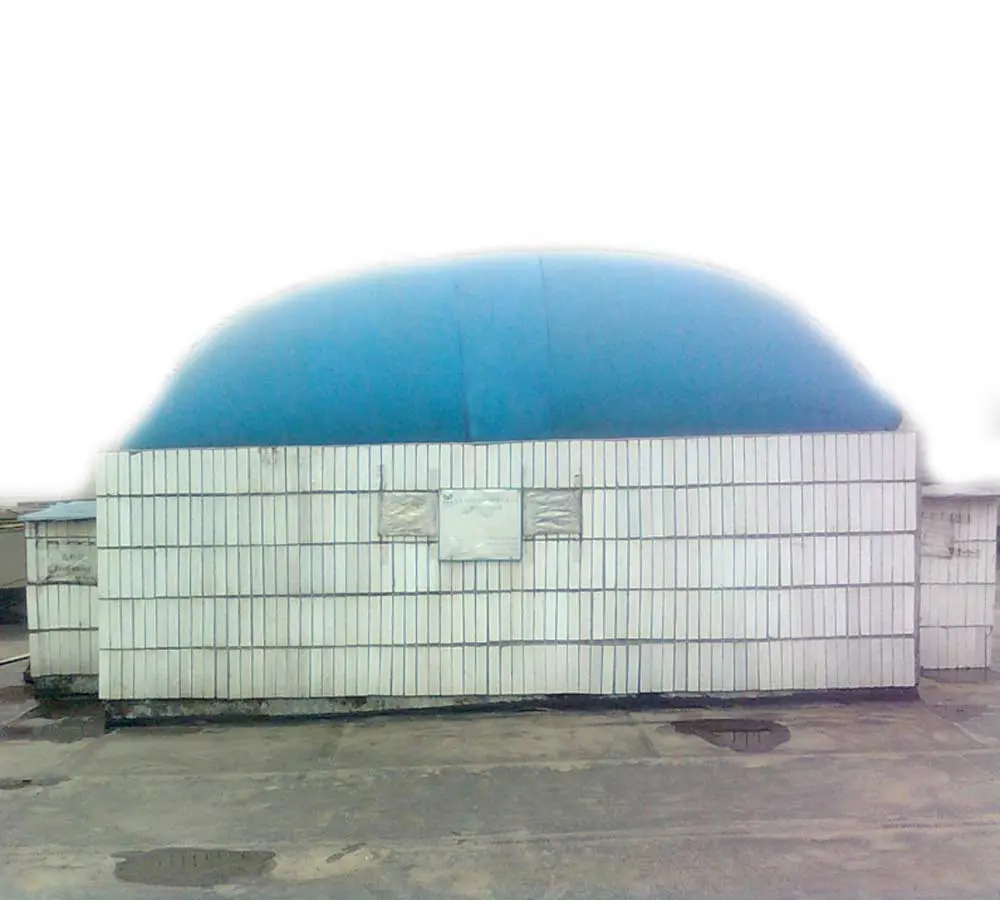Biogas power generation project

Biogas power generation project and waste heat utilization technology is a practical project that makes full use of agricultural and livestock waste, improves rural sanitation level, solves daily energy in rural areas, and builds a well-off society in rural areas. It is worth promoting in rural areas of my country. Power generation and waste heat utilization technology have further improved the effectiveness of biogas projects and integrated the rural demand for hot water, fuel, and electricity. This technology is an excellent practical technology for comprehensive resource utilization that integrates environmental protection and energy saving. It can solve the requirements of rural areas for daily energy and is suitable for the needs of building a well-off and sanitary life in rural areas.
With the development of rural economy, pig farming has developed in an intensive direction at a faster speed, but with it come the problems of environmental protection of pig farms, pig manure and pig farm sewage treatment. The best way to treat pig farm sewage is to use ecological and biological treatment. In the biological treatment process, anaerobic fermentation is required. During the anaerobic fermentation process, the organic matter in the sewage is decomposed to produce biogas and nitrogen, phosphorus and other substances. Biogas is an excellent energy substance with a high calorific value. If the biogas production in the pig farm is sufficient, it can be used as an energy source for power generation. This is of great significance to solving the energy shortage in my country, changing the rural landscape, and improving the quality of life of farmers.
- Equipment and devices for anaerobic fermentation and biogas power generation
1.1. Fermentation tank
There are many types of anaerobic devices for pig manure and pig farm sewage, which can be considered based on comprehensive factors such as the scale of the pig farm, the required fermentation efficiency and investment capacity. It is advisable to build a 200 cubic meter reinforced concrete upflow fermentation tank.
1.2. Desulfurization tower, gas storage tank, and transportation device
In addition to the fermentation tank (including solid-liquid separation tank and regulating tank), biogas must pass through the desulfurization tower into the gas storage tank and then enter the generator system. For corrosion prevention, it is better to use plastic pipes for gas transmission pipes.
1.3. Power generation equipment
The power generation equipment is a biogas generator set with a power of 50KW. - Equipment investment
Equipment investment includes:
2.1. The fermentation tank, desulfurization tower and pipeline have a total investment of 710,000 yuan.
2.2. The gas storage tank is 210,000 yuan.
2.3. 50KW generator is 154,000 yuan.
The total investment is 1.074 million yuan. - Operation and cost analysis
The anaerobic fermentation part is all gravity-flow, requiring only one person to operate, and the power generation part only requires three people, including generator management and maintenance.
The operation cost analysis is as follows (calculated on an annual basis).
3.1. According to the calculation
3.2. The labor cost is calculated based on the management of three people: 1 technician, annual salary 1500 yuan/month × 12 = 18,000 yuan; 1 manager, annual salary 1500 yuan/month × 12 = 18,000 yuan; 1 worker, annual salary 800 yuan/month × 12 = 9,600 yuan. Total: 45,600 yuan, calculated based on an annual power generation of 300,000 KWh, the labor cost per kilowatt-hour of electricity is 0.095 yuan.
3.3. Lubricating oil (engine oil) expenditure According to the calculation, the engine oil consumption per kilowatt-hour of electricity is 0.012 yuan.
3.4. Repair costs The average repair cost per kilowatt-hour of electricity is 0.021 yuan.
3.5. The total investment for depreciation and amortization is 974,000 yuan, which will be amortized over a period of 10 years. When the annual biogas power generation is 300,000 KWh, the depreciation cost per kilowatt-hour should be 0.203 yuan.
The above totals that the actual cost per kilowatt-hour is 0.572 yuan, of which the depreciation fee accounts for 35.49% of the total cost. If the cost of sewage treatment is also amortized as part of the depreciation fee, the power generation cost can be reduced by at least 0.1 yuan, and the power generation cost is 0.472 yuan/KWh. In the depreciation cost, all the costs of pig manure and urine treatment are included in biogas power generation. In fact, biogas power generation is only a by-product of pig farm sewage treatment.
Therefore, there is still a great potential for reducing the power generation cost. For the convenience of calculation, the cost of sewage treatment is not separated.




